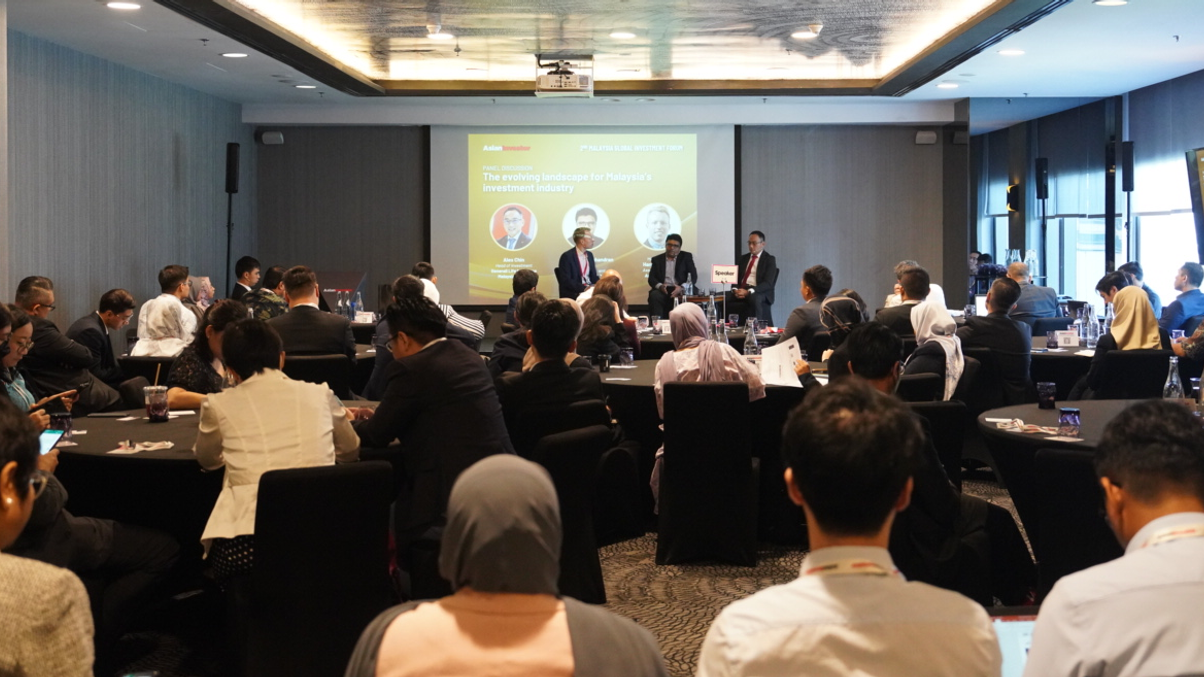Malaysian insurers look for alternatives to domestic equity
Malaysia’s stock market is not providing the desired growth premium, and insurers instead are turning to overseas and private market assets, the audience hears at AsianInvestor’s Malaysia Global Investment Forum.

Malaysian life insurance companies are doing whatever they can to find the right risk-adjusted returns outside the domestic stock market — and fixed income, private assets, and loopholes to expand overseas exposure are among the tools to achieve this.
Sign in to read on!
Registered users get 2 free articles in 30 days.
Subscribers have full unlimited access to AsianInvestor
Not signed up? New users get 2 free articles per month, plus a 7-day unlimited free trial.
¬ Haymarket Media Limited. All rights reserved.


